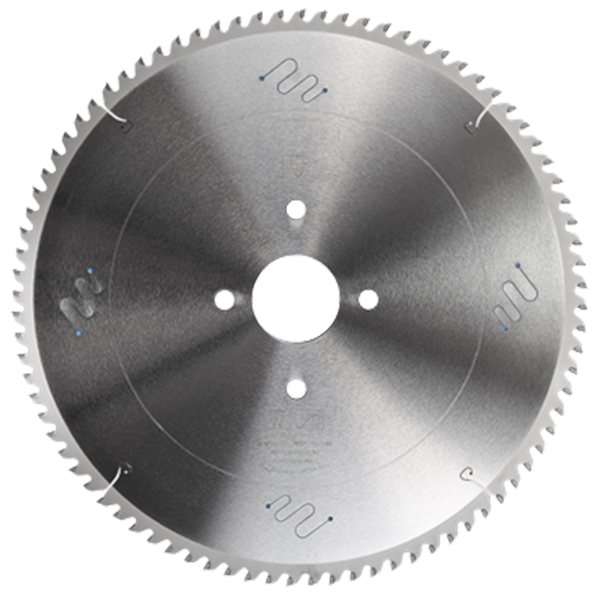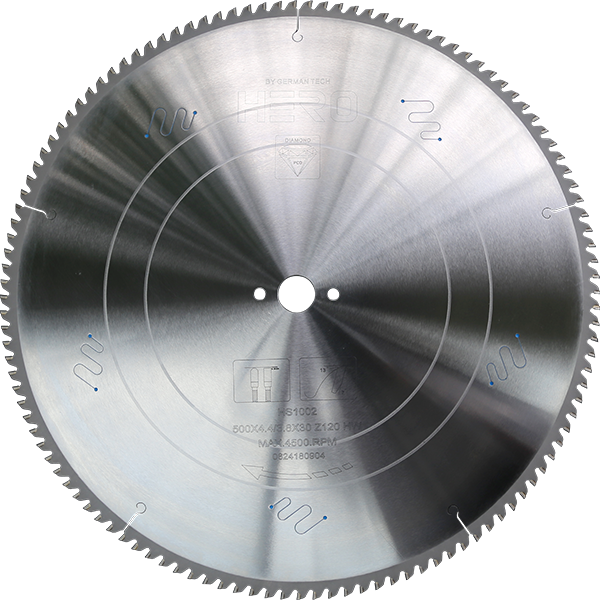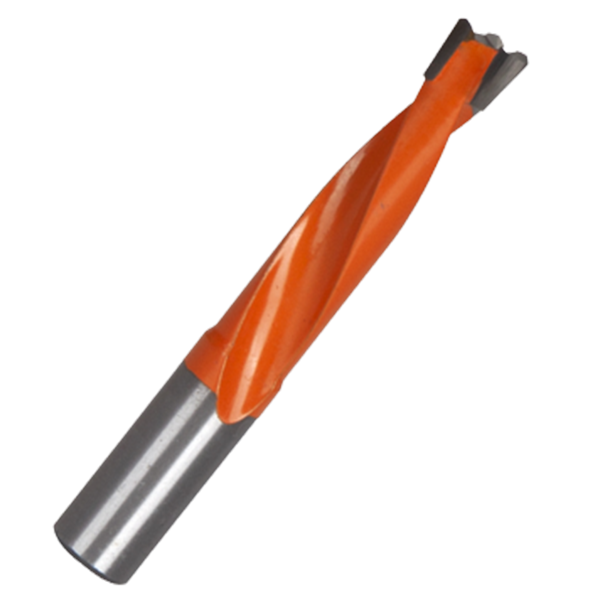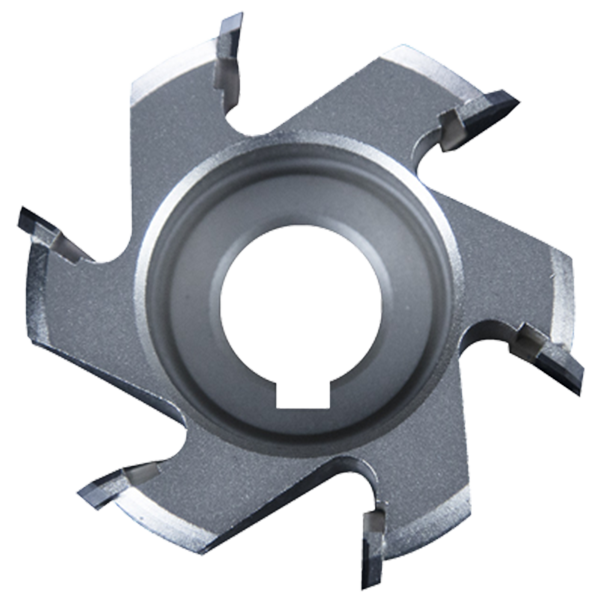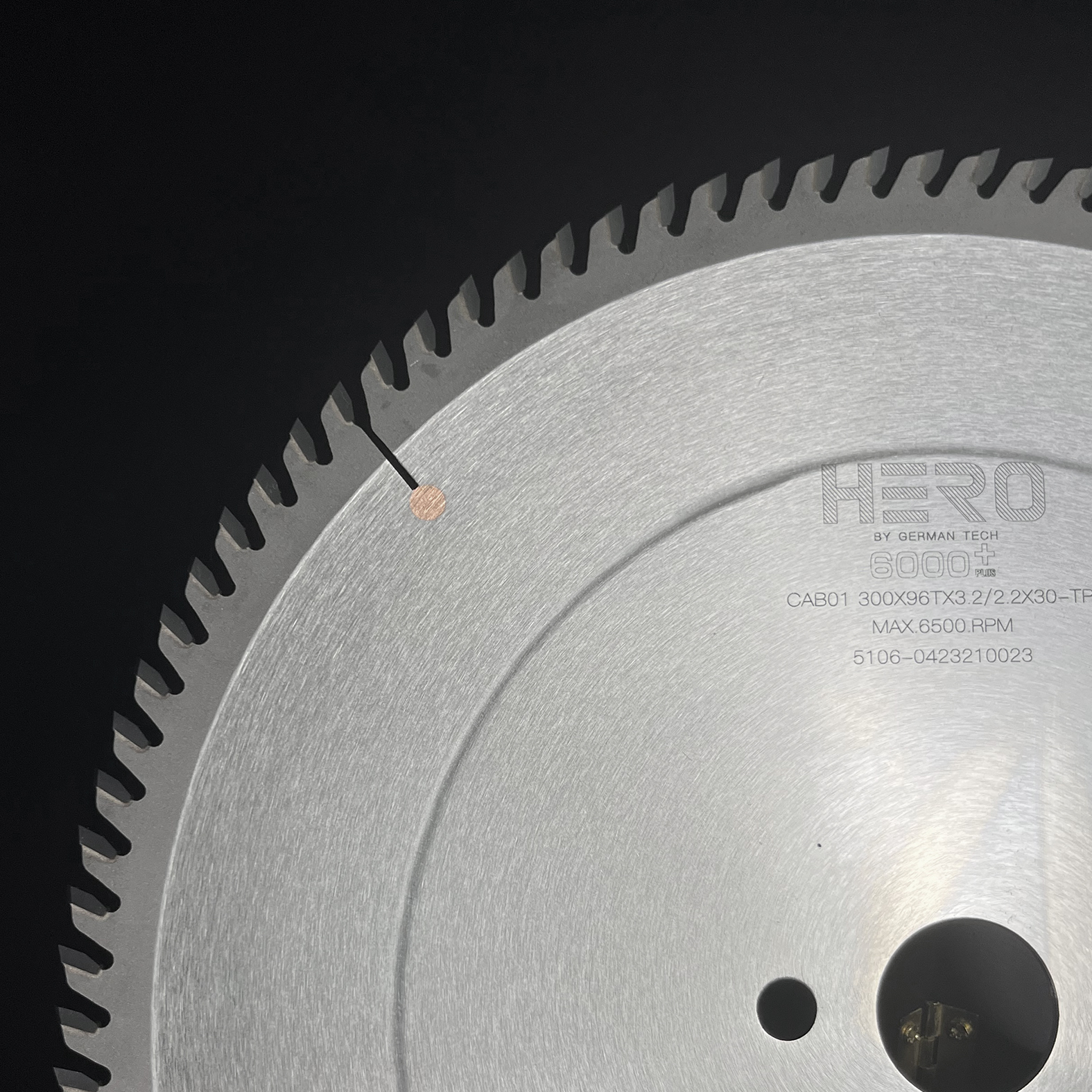Will expanding the Arbor of the saw blade affect the sawing effect?
WHAT IS THE ARBOR OF A SAW BLADE?
Numerous industries rely on the precision and stability of a miter saw to complete cuts through a variety of substrates, most notably wood. A circular saw blade uses a feature called the arbor for appropriate fitting and security. It’s crucial to know your saw’s arbor requirements, but sometimes it can be difficult to understand the exact match depending on other factors.
A SAW BLADE’S ARBOR – WHAT IS IT?
You’ll notice that blades need support in their center to connect with the rest of a saw assembly. A shaft — also referred to as a spindle or mandrel — protrudes from the assembly to form what we refer to as the arbor. It’s typically the motor shaft, which utilizes a particular design for blade mounting. The motor drives the arbor and causes the saw blade to rotate safely.
WHAT IS THE ARBOR HOLE?
The center hole is technically considered the arbor hole. It’s essential to understand the connection between the bore and the shaft. You’ll need to know the shaft’s diameter when you’re selecting a blade, as a precise fit between the two will ensure steady spin and cut efficiency.
TYPES OF BLADES THAT HAVE AN ARBOR
Most circular blades utilize arbors to achieve their desired results. Popular examples include:
-
Miter saw blades -
Concrete saw blades -
Abrasive saw blades -
Panel saw blades -
Table saw blades -
Worm drive saws blades
COMMON SIZES OF ARBOR HOLES
The size of an arbor hole on a circular saw blade will vary depending on the blade’s outside diameter. As the scale increases or decreases, the arbor hole generally follows suit.
For standard 8″ and 10″ blades, arbor hole diameters typically sit at 5/8″. Other blade sizes and their arbor hole diameters are as follows:
-
3″ blade size = 1/4″ arbor -
6″ blade size = 1/2″ arbor -
7 1/4″ to 10″ blade sizes = 5/8″ arbor -
12″ to 16″ blade sizes = 1″ arbor
Always keep an eye on saw blades that follow the metric system, as you’ll see variations from Europe and Asia. They do have millimeter variations that translate to American arbors, however. For example, the American 5/8″ converts to 15.875mm for European standards.
Arbors are also featured on a worm drive saw — a commonly used, handheld carpentry tool — which is unique in the regard that they use a diamond-shaped arbor hole to facilitate higher generated torque.
1. The problem of expanding the Arbor of the saw blade
When performing woodworking cutting, in order to adapt to different saw machines and different processing needs, some users will choose to expand the hole. So, can woodworking saw blades be used for hole expansion?
The answer is yes. In fact, many manufacturers have designed different hole diameters for different saw machine models when manufacturing woodworking saw blades. However, if the hole diameter of the woodworking saw blade you purchased is not suitable for your saw machine, or you want to accommodate more processing needs, you can also enlarge the hole.
2. How to expand the hole
The hole enlarging process of the woodworking saw blade is not complicated, and you can do it through the following methods:
1. Use a reaming knife
A hole reamer is a special tool used to enlarge small holes. You can enlarge the hole by holding the woodworking saw blade to your workbench and using the reamer knife to move it slightly along the original hole diameter.
2. Use a drill
If you don’t have a reamer or want a more convenient method, you can also use a drill to ream the hole. With the woodworking saw blade fixed on the workbench, use a drill bit of appropriate diameter to slowly enlarge the hole.
However, it should be noted that when using the drill bit, it is easy to generate heat and you need to pay attention to cooling. In addition, the method of using the drill bit may easily lead to increased wear of the saw blade.
3. Does expanding the hole affect the sawing effect?
Although the woodworking saw blade has been reamed, it will not have much impact on the sawing effect. If the enlarged hole size is appropriate for your saw and processing needs, the saw effect should remain the same.
It should be noted that we do not recommend frequent reaming of woodworking saw blades. On the one hand, the reaming process may reduce the surface flatness of the woodworking saw blade and accelerate the wear of the saw blade; on the other hand, too frequent reaming may also have a negative impact on the service life of the saw blade.
4. Conclusion
To sum up, woodworking saw blades can be used for hole expansion, but you need to pay attention to the appropriate amount. Before enlarging the hole, we recommend that you confirm your saw machine and processing needs and select the appropriate hole diameter. If you wish to ream the hole, you can use a reamer or drill. Finally, it needs to be reiterated that if you are a beginner, try not to ream the woodworking saw blade.
The quality of your saw cut can vary from superb to poor depending on many factors. If you are not cutting as it should, there are many places to look for the cause of this problem. Sometimes the cause of inferior saw cut quality is quite simple, but at other times, it can be caused by a combination of several conditions. In other words, more than one condition can be responsible for badly cut parts.
Every component part in the energy transmission lineup will affect saw cut quality.
We will attempt to go through all the possible factors affecting cut quality and leave it to you to check those you suspect are responsible if you’re experiencing problems.
If you’d like to discuss circular saw blades with our knowledgeable customer service team, contact us today!
Post time: Apr-01-2024








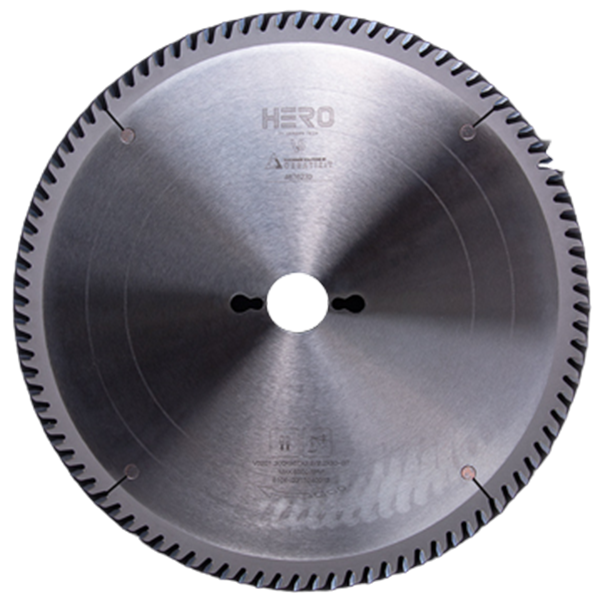 TCT Saw Blade
TCT Saw Blade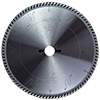 HERO Sizing Saw Blade
HERO Sizing Saw Blade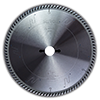 HERO Panel Sizing Saw
HERO Panel Sizing Saw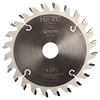 HERO Scoring Saw Blade
HERO Scoring Saw Blade HERO Solid Wood Saw Blade
HERO Solid Wood Saw Blade HERO Aluminum Saw
HERO Aluminum Saw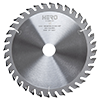 Grooving Saw
Grooving Saw Steel Profile Saw
Steel Profile Saw Edge Bander Saw
Edge Bander Saw Acrylic Saw
Acrylic Saw PCD Saw Blade
PCD Saw Blade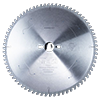 PCD Sizing Saw Blade
PCD Sizing Saw Blade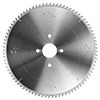 PCD Panel Sizing Saw
PCD Panel Sizing Saw PCD Scoring Saw Blade
PCD Scoring Saw Blade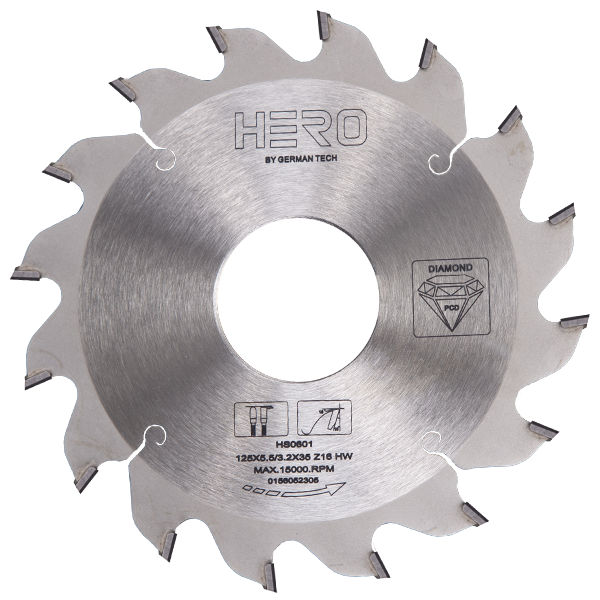 PCD Grooving Saw
PCD Grooving Saw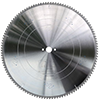 PCD Aluminum Saw
PCD Aluminum Saw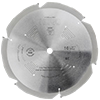 PCD Fiberboard Saw
PCD Fiberboard Saw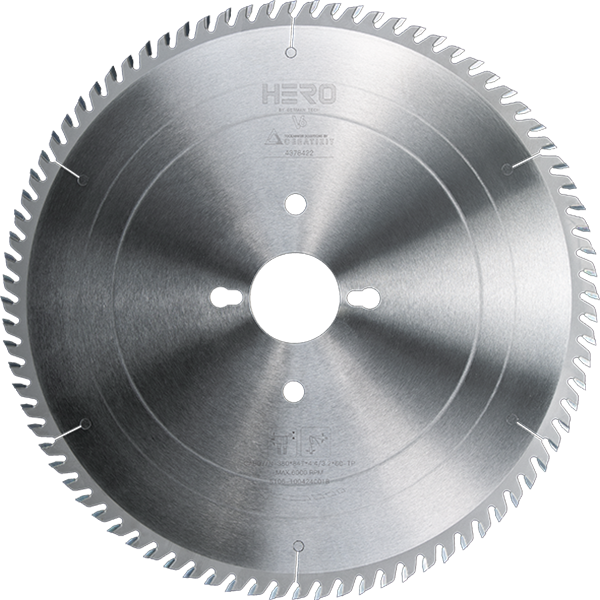 Cold Saw for Metal
Cold Saw for Metal Cold Saw Blade for Ferrous Metal
Cold Saw Blade for Ferrous Metal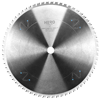 Dry Cut Saw Blade for Ferrous Metal
Dry Cut Saw Blade for Ferrous Metal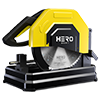 Cold Saw Machine
Cold Saw Machine Drill Bits
Drill Bits Dowel Drill Bits
Dowel Drill Bits Through Drill Bits
Through Drill Bits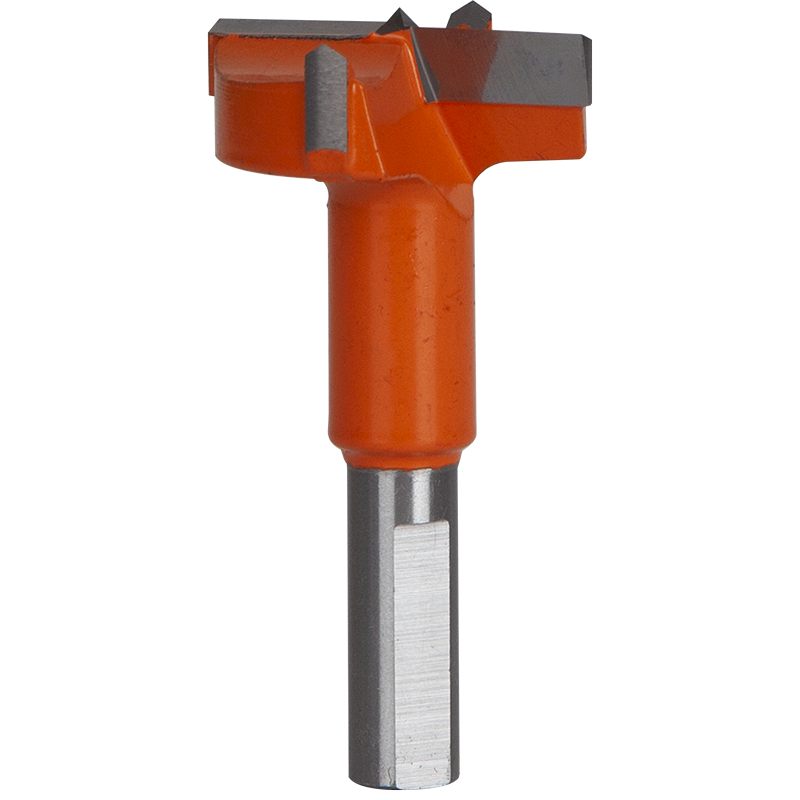 Hinge Drill Bits
Hinge Drill Bits TCT Step Drill Bits
TCT Step Drill Bits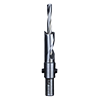 HSS Drill Bits/ Mortise Bits
HSS Drill Bits/ Mortise Bits Router Bits
Router Bits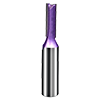 Straight Bits
Straight Bits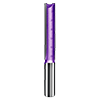 Longer Straight Bits
Longer Straight Bits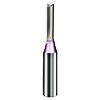 TCT Straight Bits
TCT Straight Bits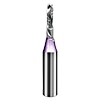 M16 Straight Bits
M16 Straight Bits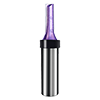 TCT X Straight Bits
TCT X Straight Bits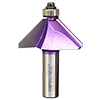 45 Degree Chamfer Bit
45 Degree Chamfer Bit Carving Bit
Carving Bit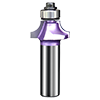 Corner Round Bit
Corner Round Bit PCD Router Bits
PCD Router Bits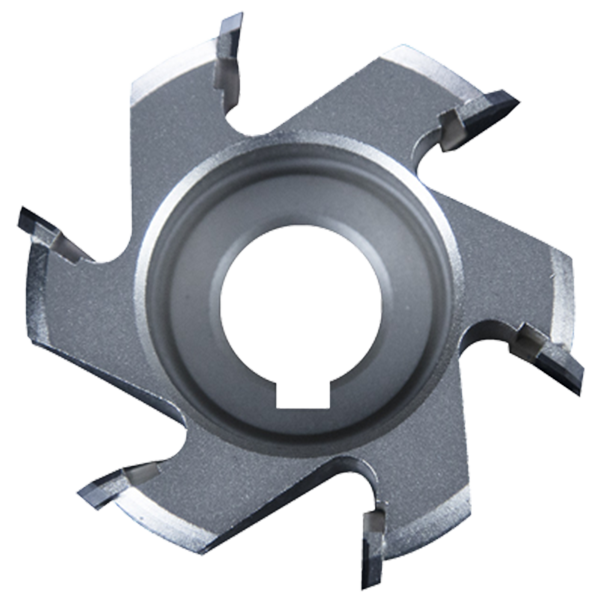 Edge Banding Tools
Edge Banding Tools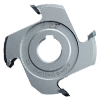 TCT Fine Trimming Cutter
TCT Fine Trimming Cutter TCT Pre Milling Cutter
TCT Pre Milling Cutter Edge Bander Saw
Edge Bander Saw PCD Fine Trimming Cutter
PCD Fine Trimming Cutter PCD Pre Milling Cutter
PCD Pre Milling Cutter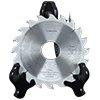 PCD Edge Bander Saw
PCD Edge Bander Saw Other Tools & Accessories
Other Tools & Accessories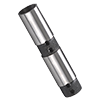 Drill Adapters
Drill Adapters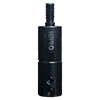 Drill Chucks
Drill Chucks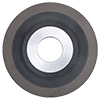 Diamond Sand Wheel
Diamond Sand Wheel Planer Knives
Planer Knives
